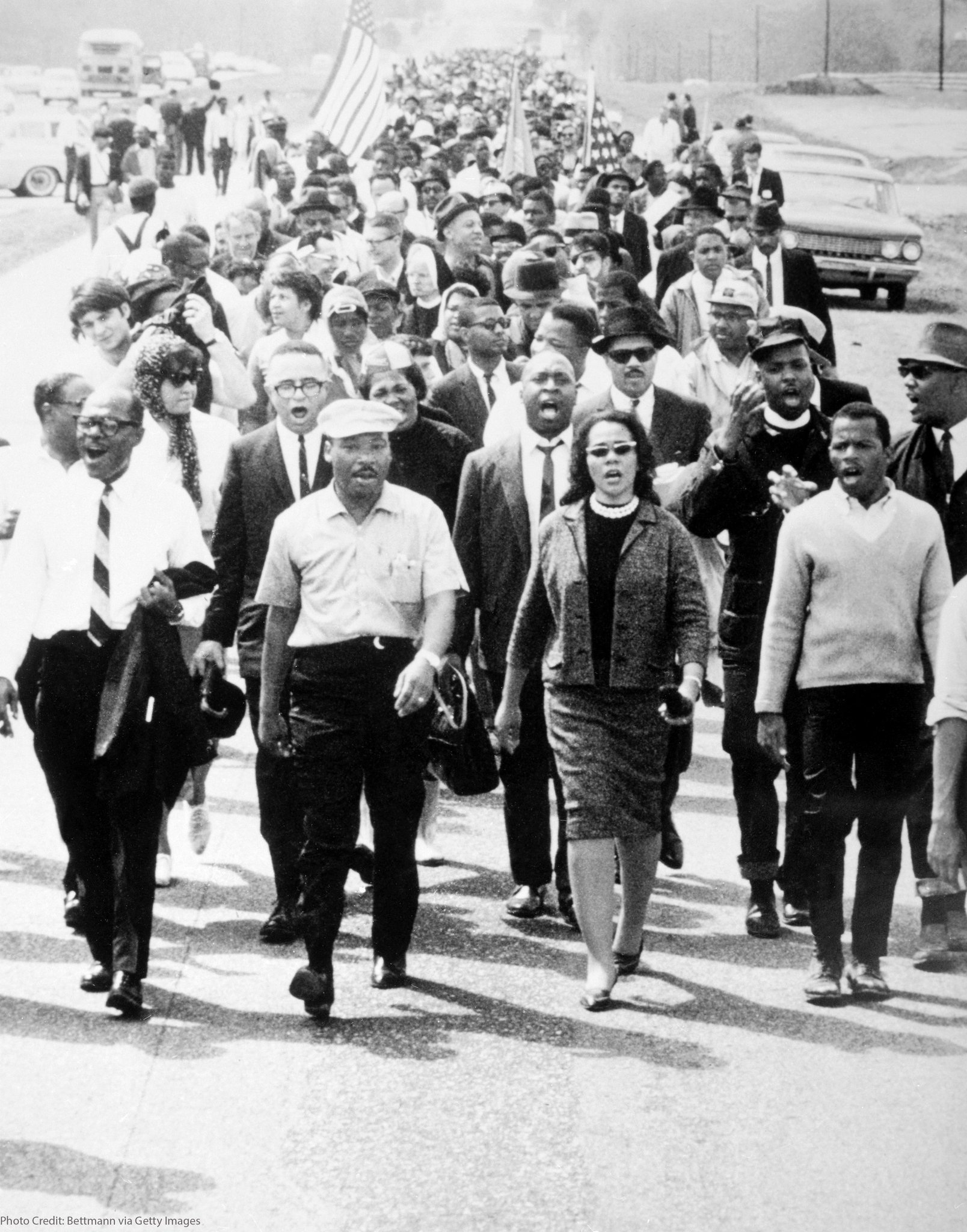Coast-to-Coast Revolt: Declassified FBI File Reveals Scale of GI & Student Anti-Vietnam Uprising in Fall 1968
In the fall of 1968, just weeks before the presidential election, the United States witnessed a vast and coordinated anti-war uprising that spread from college campuses to military bases.
 |
| Image Source: Nobel Prize |
Newly declassified FBI Situation Reports from October 21–27 reveal the breadth of this unrest: over 50 cities, multiple GI-led protests, foreign interference alerts, and bomb-making instructions circulating in London — all tied to one focal point: opposition to the Vietnam War.
Among the most striking disclosures:
-
Active-duty soldiers at Ft. Hood, Ft. Lewis, Ft. Meade, and Ft. Sheridan were involved in protests — with some allegedly helping organize them.
-
In Philadelphia, the resistance was led by military personnel and featured notable figures like Dr. Benjamin Spock and Rev. William Sloane Coffin.
-
New York City, Chicago, and Washington, D.C. saw massive coordinated marches under the banner of the Student Mobilization Committee.
-
Foreign intelligence services in London and Paris warned of extremist plots by draft dodgers and exiles to storm U.S. and Russian embassies. Scotland Yard considered it as potentially violent as the Paris student riots earlier that year.
-
In Los Angeles, demonstrations directly targeted military induction centers and chemical manufacturers tied to the war effort.
-
Austin, Minneapolis, New Orleans, Portland, and Atlanta witnessed large solidarity marches involving students and returning GIs, with some organizers planning to intercept and re-route military transportation.
-
Even Hawaii and Albuquerque were not spared.
-
Women’s groups, Black Power figures like Stokely Carmichael, and student radicals organized teach-ins, counter-recruitment actions, and symbolic GI solidarity events across the country.
The documents reveal that this wasn’t a loose movement — it was part of a weeklong campaign titled “The Week of International Solidarity Against the War in Vietnam.”
Coordinated through leaflets, underground publications, and clandestine networks, it represented a rare moment when students, veterans, socialists, pacifists, and civil rights groups acted in sync across racial, regional, and ideological lines.
Authorities were so alarmed by the momentum that Scotland Yard monitored plans for firebomb attacks and urged students to boycott protests to ease rising tensions.
FBI intelligence cited plans for simultaneous demonstrations in France, Germany, and Italy — a global echo of America’s own domestic fractures.
The week culminated in October 26–27 with the largest anti-Vietnam mobilizations since the war began, with hundreds of thousands participating nationwide.
Protesters targeted draft boards, defense contractors, and the presidential campaigns of Nixon and Humphrey alike.
In the backdrop: the assassinations of Martin Luther King Jr. and Robert F. Kennedy, mounting death tolls in Southeast Asia, and a presidency in its final weeks. What the FBI saw — and the documents now confirm — was the specter of internal collapse through domestic defiance.
Today, this rarely discussed episode stands as a chilling reminder of just how close the United States came to a full-blown rebellion from within its own ranks.
